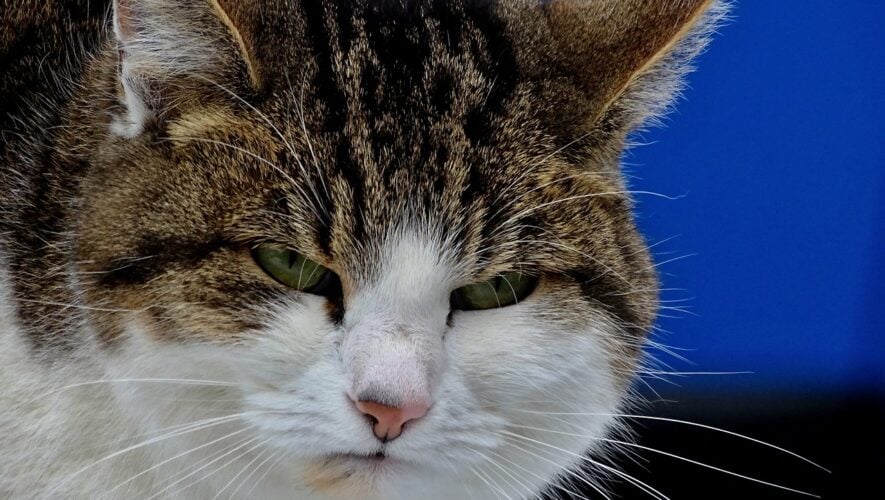Diversity sucks in the accounting profession. I think it sucks, and I live in Utah. You may not remember, but the black population in Utah dropped 20 percent in 2004 because Karl Malone went to play for the Lakers.
Look at the chart below which compares the demographics of the United States with the demographics of the accounting profession, and while you’re reading it, try your hardest to not think racist thoughts like all Asians are really good at math.
|
|
||
|
White |
63% |
75% |
|
Hispanic/Latino |
17% |
5% |
|
Black/African-American |
13% |
4% |
|
Asian/Pacific Islander |
5% |
15% |
|
Multi-Ethnic |
2% |
1% |
To address the ongoing underrepresentation of blacks and hispanics in the accounting profession, the AICPA recently released its “Accounting Inclusion Maturity Model.” And I agree; the name’s really stupid. Based on the name alone, it’d be unclear if it’s an anti-bullying initiative or if it helps accountants understand the changes that come with puberty.
But the Accounting Inclusion Maturity Model is all about diversity. So good call, AICPA, not using the word diversity in the name.
The model begins with an assessment. The instructions say, “It will take approximately 1-2 hours to complete the assessment.” That seemed like a long time, so I went to Home Depot and hired a couple "freelancers" who banged it out in about 45 minutes.
The Accounting Inclusion Maturity Model assessment is so robust, it comes with a 21-page Quick Start Guide. We didn’t have enough time to read 21 pages, so instead we just started quick.
One of the questions in the assessment had me rank my company against the following statement: “In our organization, senior leaders see themselves as owners, not just sponsors, of the organization's diversity and inclusion goals.” Pro Tip: if one of your goals is to increase the number of black people in the profession, avoid statements that imply owning them.
Another question read, “In our organization, senior leaders are actively engaged in the development and execution of the diversity and inclusion vision, and hold themselves accountable for achieving the diversity and inclusion vision of the organization.” If your firm’s diversity and inclusion vision is to have no diversity and include only white people, then congratulations; you found a loophole in something that’s not the tax code.
The following were listed as possible priorities that could be included in a diversity and inclusion plan:
- Gender
- Age/Generation
- Ethnicity/Race
- National origin
- Disability
- Sexual orientation
- Transgender
- Religion
- Military status
- Language differences
But the list seems incomplete without earlobe placement. Like most adults, I find people with attached earlobes disgusting. But regardless, I welcome them as co-workers and have repressed my repulsion of their core essence into a place in my psyche that can only be accessed via alcohol or old age.
The model also asked me to assess my company’s “general diversity awareness.” We scored pretty high because – as I’ve observed – whenever diversity is around, old white guys seem to be very aware it.
Apparently every company’s diversity inclusion plan should include “developing a robust pipeline of diverse talent.” Pipeline was another great word choice because nothing makes you feel like a valuable human being quite like a metaphor comparing you to fossil fuel.
A “Diversity Officer” is not just a thing that exists (didn’t know that prior to the assessment), it’s also a thing that helps you score higher on the assessment. Diversity officers are the people in charge of implementing diversity and inclusion plans, and at EY he’s probably a white guy. Before taking the assessment, I thought diversity officers were the reason black people got pulled over so often. “Do you know why I pulled you over? That’s right. Because you’re not white and I’m the diversity officer.”
This came later in the assessment: “The following best describes how one might find our organization's commitment to diversity and inclusion on the internet.” However, none of the choices said, “The stock photos we chose for our website have lots brown people.”
After this pseudo-rant about diversity and inclusion, I have to report that my company sucks at diversity and inclusion. We scored a 1.12 on a zero-to-four scale. The AICPA calls scores in the 0 – 1.99 range “Foundational” rather than “Shitty” because why start implementing proper word choice at this point? “Foundational” is described as having “a fundamental understanding of diversity and inclusion” but “no expectations that behaviors and practices in your organization reflect diversity and inclusion best practices.”
We are not completely devoid of diversity, however. My heritage is Scottish, Irish, English, and Belgian, so all by myself I represent a healthy portion of the caucasian rainbow. Therefore I am proud to lead the way in diversity by nature of my European-ness.

 Who wouldn’t want to get into Jamie Dimon’s house? JPM is looking for an AVP/Fund Accounting Analyst in Boston.
Who wouldn’t want to get into Jamie Dimon’s house? JPM is looking for an AVP/Fund Accounting Analyst in Boston.